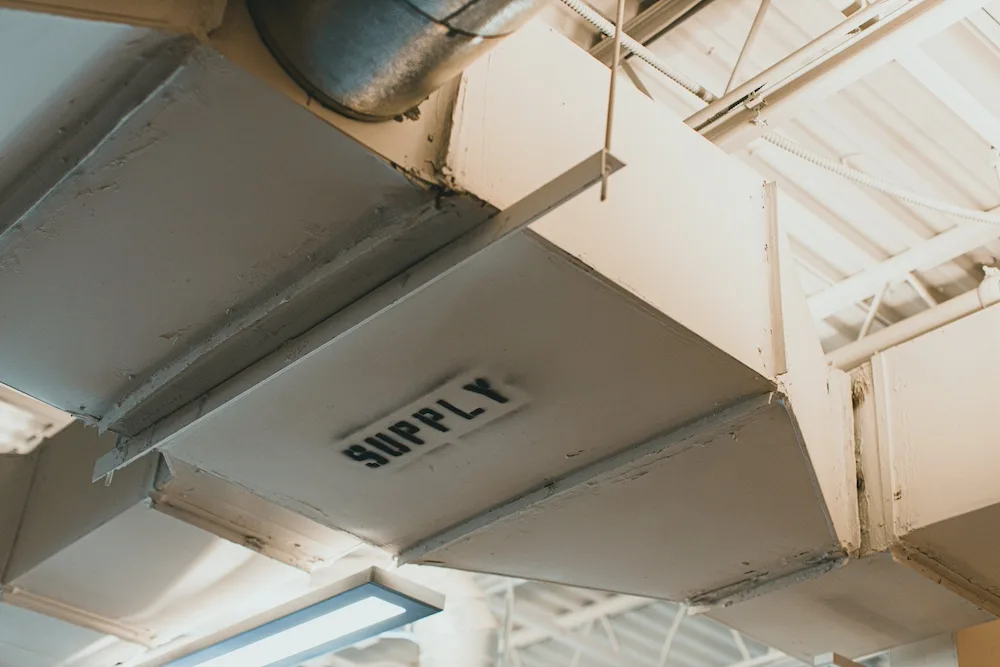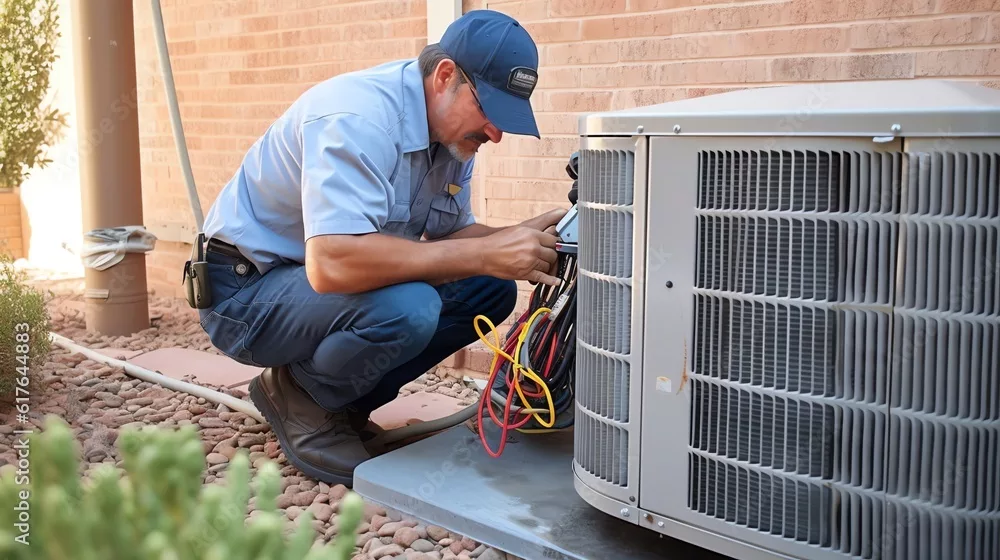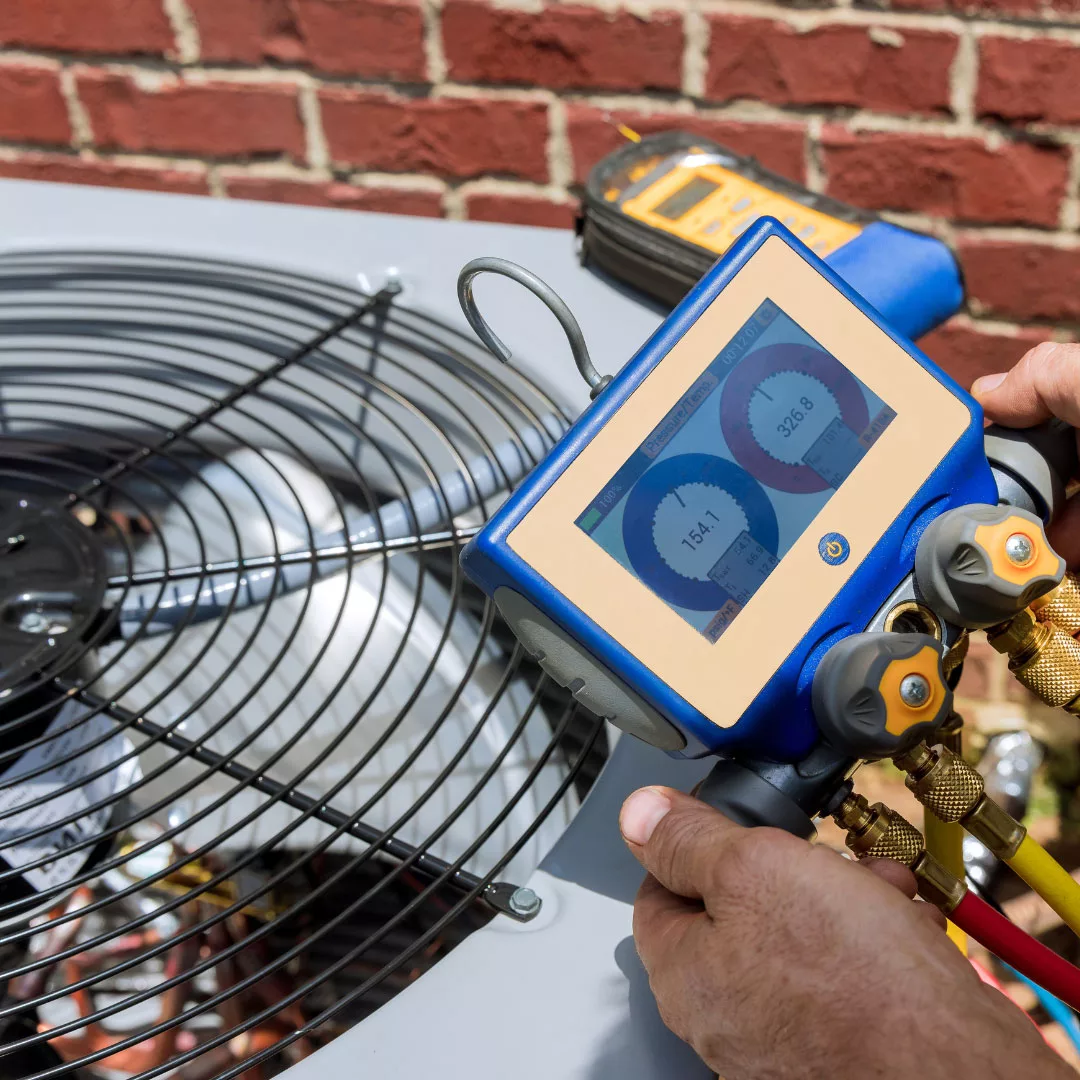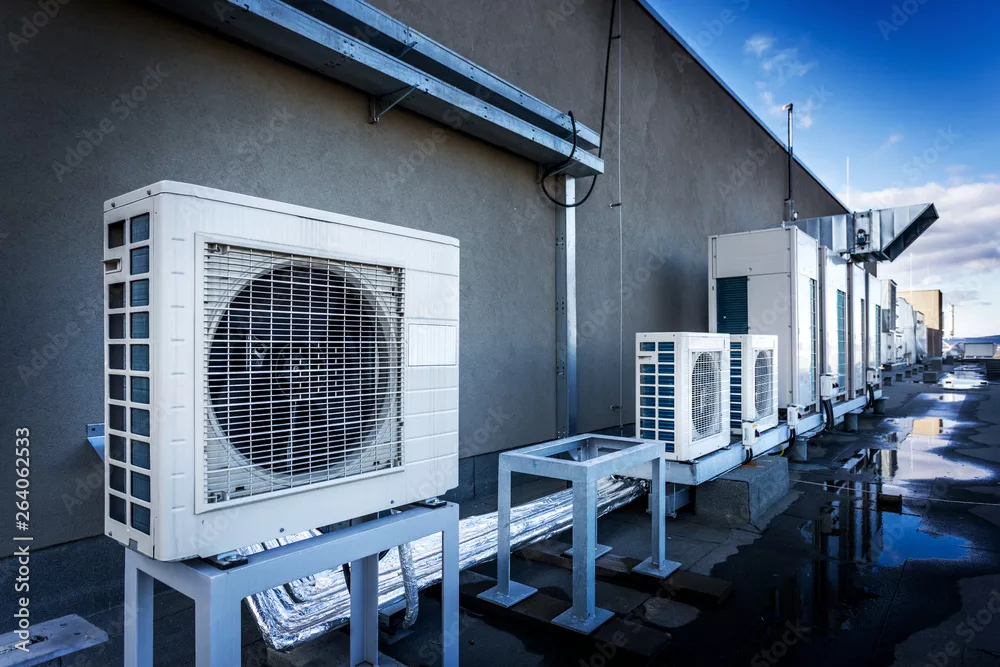In the quest for a healthy and comfortable living environment, the role of clean air ducts cannot be overstated.
As the conduits for distributing conditioned air duct throughout your home, they play a pivotal role in maintaining indoor air quality.
In this exploration, we delve into the crucial link between clean air ducts and the air you breathe. Join us as we uncover the importance of this often-overlooked aspect of HVAC maintenance.
The Significance of Air Ducts
Understanding Air Ducts
Air ducts form the intricate network responsible for circulating heated or cooled air from your HVAC system to every room in your home. These ducts are typically composed of metal, fiberglass, or other materials, forming a pathway that ensures consistent airflow and temperature regulation.
The Impact on Indoor Air Quality
The cleanliness of your air ducts directly influences the quality of the air you breathe indoors. Over time, dust, debris, allergens, and even mold can accumulate within the ductwork, creating a breeding ground for potential respiratory irritants. Regular maintenance and cleaning of air ducts are crucial for mitigating these risks and ensuring a healthier indoor environment.
Signs Your Air Ducts Need Attention
Visible Mold Growth
If you notice mold growth inside your air ducts, it’s a clear indicator that immediate attention is required. Mold spores can be harmful when circulated through the air, affecting respiratory health.
Persistent Dust or Debris
Visible dust or debris blowing out of the vents is a sign that your air ducts may be contaminated. This not only affects air quality but also poses potential risks to your HVAC system’s efficiency.
Unexplained Allergy Symptoms
Frequent allergy symptoms, such as sneezing, coughing, or congestion, may be linked to contaminants within the air ducts. Cleaning the ducts can significantly reduce allergens circulating in your home.
The Process of Air Duct Cleaning
Inspection and Assessment
A professional air duct cleaning typically begins with a thorough inspection of the ductwork. This involves identifying any visible issues, such as mold, debris, or signs of wear and tear.
Equipment and Technique
Professional technicians use specialized equipment, such as high-powered vacuums and brushes, to dislodge and remove contaminants from the ducts. The use of proper techniques ensures a comprehensive cleaning without causing damage to the ductwork.
Sanitization and Sealing
After the cleaning process, sanitization may be applied to eliminate any remaining contaminants. Additionally, technicians may seal the ducts to prevent future contamination and improve overall system efficiency.
Benefits of Clean Air Ducts
Improved Indoor Air Quality
The most apparent benefit of air duct cleaning is the immediate improvement in indoor air quality. Removing accumulated contaminants ensures that the air circulating in your home is cleaner and healthier for occupants.
Enhanced HVAC System Efficiency
Clean air ducts contribute to the overall efficiency of your HVAC system. When ducts are free from obstructions, the system doesn’t have to work as hard to maintain desired temperatures, leading to energy savings and reduced utility bills.
Prolonged HVAC System Lifespan
Regular air duct maintenance not only improves short-term efficiency but also contributes to the long-term health of your HVAC system. A well-maintained system is likely to experience fewer breakdowns, leading to an extended lifespan.
DIY vs. Professional Air Duct Cleaning
DIY Methods
While there are DIY methods for cleaning air ducts, they often fall short of achieving a thorough and comprehensive result. Professional services, with their advanced equipment and expertise, provide a more effective solution.
Professional Services
Opting for professional air duct cleaning services ensures that the entire system is addressed by trained technicians. Their knowledge of HVAC systems allows for a meticulous cleaning process that tackles issues beyond what may be visible to the untrained eye.
Contact Stalwart Air Conditioning and Heating for Your Air Duct Needs
In conclusion, the cleanliness of your air ducts directly impacts the quality of the air you breathe at home. Regular maintenance and cleaning are essential for ensuring a healthy living environment and optimal HVAC system performance. If you’ve noticed signs that your air ducts may need attention, it’s time to consider professional services.
Contact Stalwart Air Conditioning and Heating for expert air duct cleaning services tailored to your needs. Breathe easy knowing that your indoor air quality is in the hands of experienced professionals. Call us today and experience the Stalwart difference in air duct maintenance. Your health and comfort are our top priorities.






